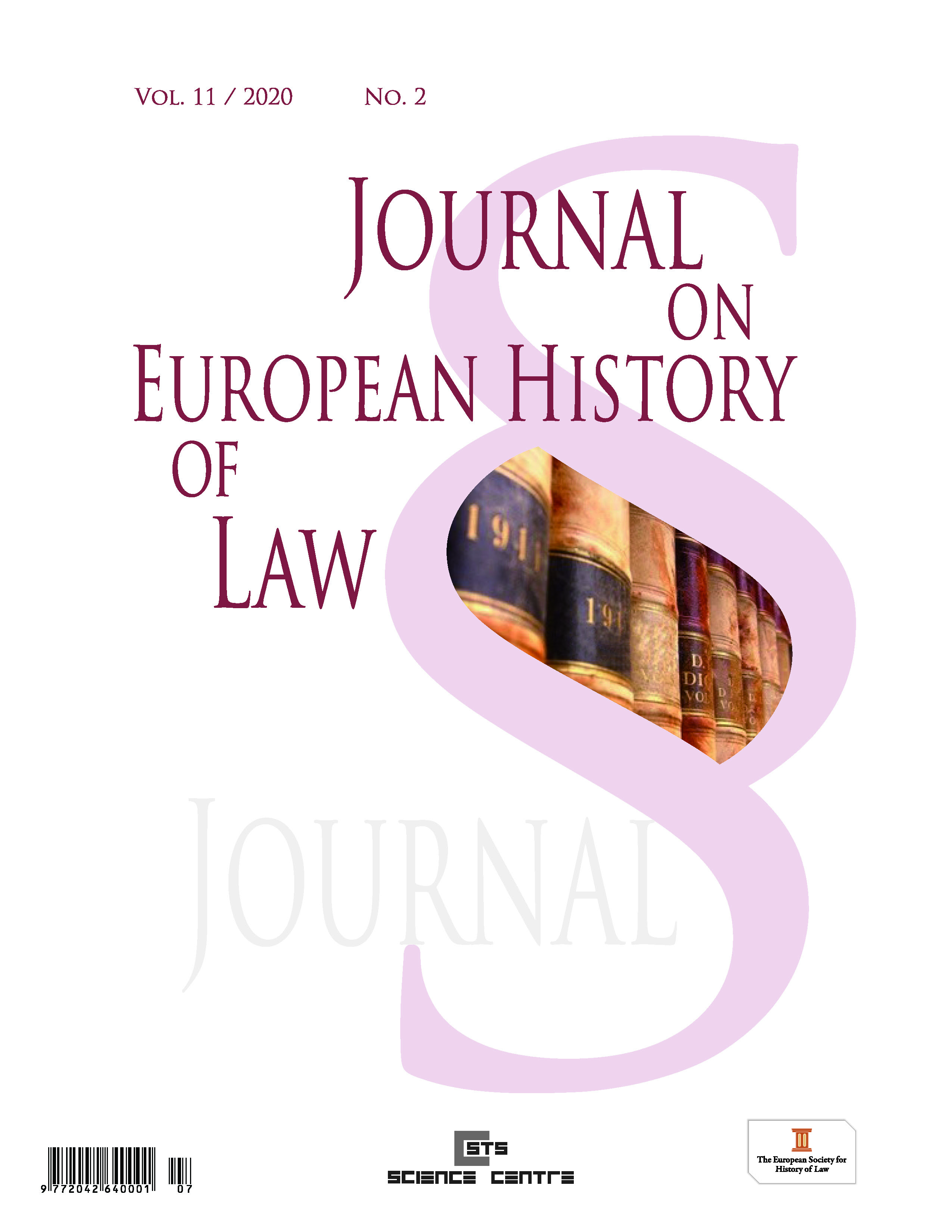The Development of Modern Budgetary Law in the European Legal Culture
The Development of Modern Budgetary Law in the European Legal Culture
Author(s): Zolt PfefferSubject(s): Law, Constitution, Jurisprudence, Law on Economics, EU-Legislation
Published by: STS Science Centre Ltd
Keywords: Budget; budgetary law; expenditures; revenues; taxation; Hungary;
Summary/Abstract: The states have to use public funds. It is a fundamental problem how can a state acquire money for fulfilling its obligations and tasks and how can it spend these funds properly. Basically two sides can be separated and scrutinized: the expenditures and the revenues. During the historical development the monarchs had fundamentally the power to make decisions in fiscal questions: they could prescribe taxes (contributions) and spend money without any restriction, public finances and the private wealth (expenditures) of the ruler weren’t separated. Later the orders and the parliaments vindicated different rights to restrict the power of the monarchs: they could offer the taxes and since than the rulers couldn’t impose taxes without their contributions. These very important restrictions appeared in different fundamental laws (for example in the Magna Charta Libertatum in England). It was very essential that the expenditures should be controlled as well. The next huge step was accordint to that the acquisition of the right to make detailed prescriptions on the field of expenses. In constitutional democracies many legal resources regulate the field of budgets in modern states: different principles and detailed provisions prescribe the requirements of acquisition and the spending of funds. The current financial decisions appear in the annual detailed budgets which are accepted and their execution are controlled by the parliament on the base of publicity and transparency. This paper scrutinizes the development of the legal frames of the budgets.
Journal: Journal on European History of Law
- Issue Year: 11/2020
- Issue No: 2
- Page Range: 88-94
- Page Count: 6
- Language: English
- Content File-PDF

